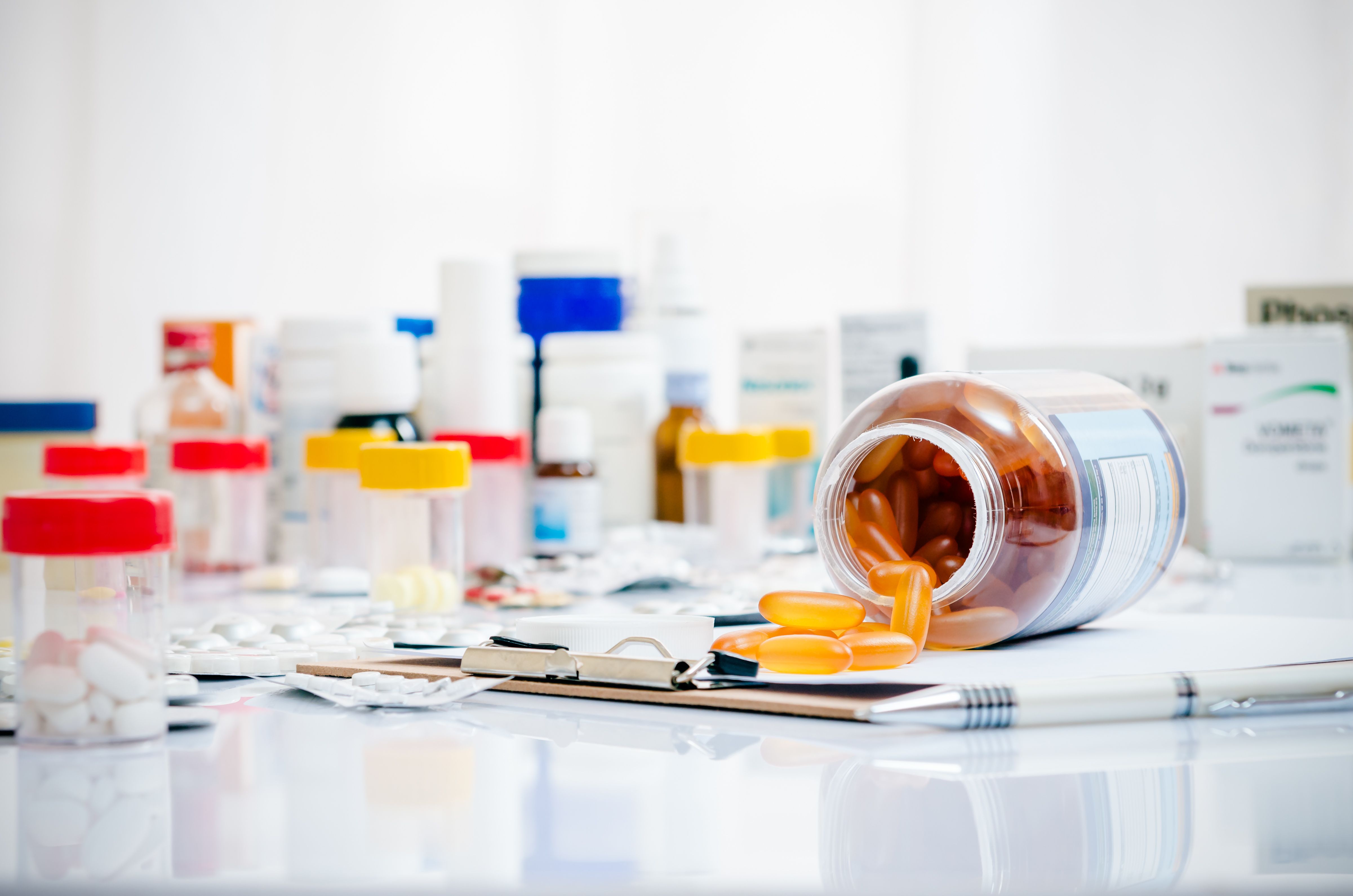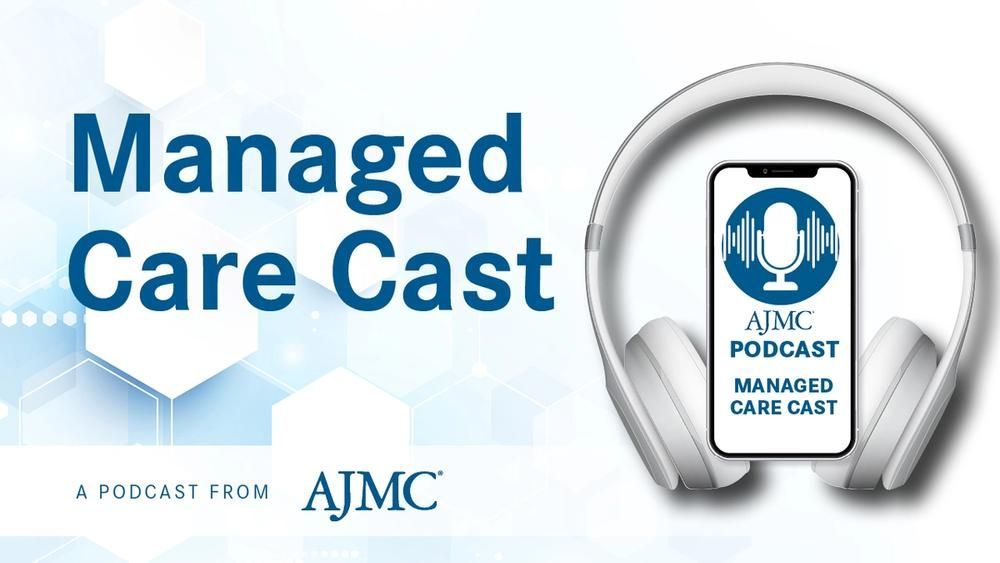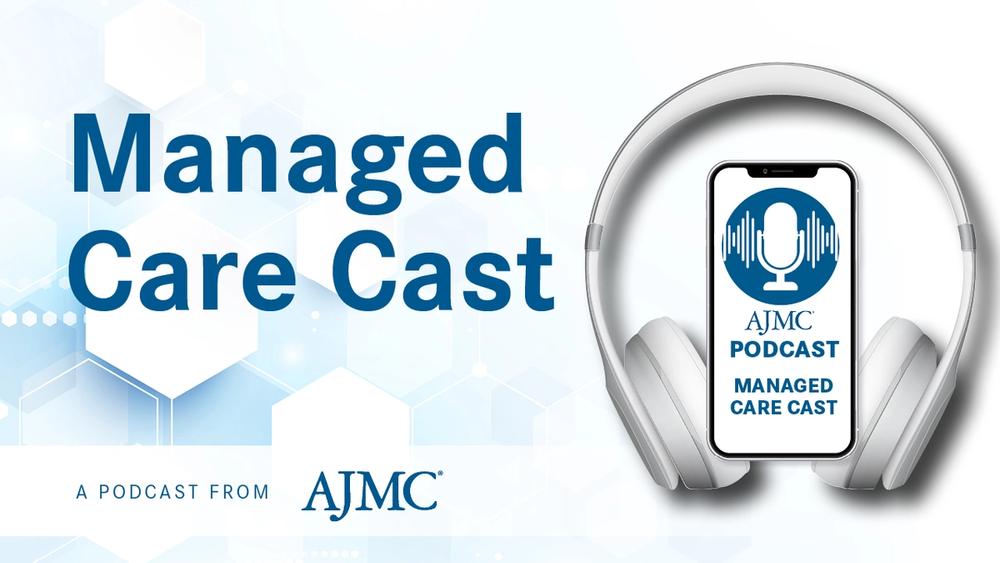News
Article
Rising Costs of Biologics for Plaque Psoriasis Highlight Savings Potential
Author(s):
Key Takeaways
- Biologic treatment costs for plaque psoriasis more than doubled from 2007 to 2021, despite cheaper alternatives.
- Switching to the lowest-cost biologic in each class could reduce treatment costs by 44%.
Substantial savings opportunities exist by using lower-cost biologics for patients with plaque psoriasis, according to one study.
The cost of biologic treatments for patients with plaque psoriasis more than doubled from 2007 to 2021, according to a new study, despite the availability of lower-cost alternatives.1 Researchers found that switching to the most affordable biologic in each drug class could slash treatment costs by 44%—raising questions about pricing practices and prescribing patterns.
This cross-sectional study is published in JAMA Dermatology.

“This shift from older treatments to newer ones has had major cost consequences and is poised to contribute to even greater variations in cost, especially if patients continue with these newer options even after biosimilar competition results in lower prices for older treatments,” wrote the researchers of the study.
Biologic therapies have transformed the treatment landscape for patients with moderate to severe psoriasis by offering targeted inhibition of key immune pathways involved in disease progression.2 These treatments focus on specific cytokines that drive inflammation, including tumor necrosis factor (TNF), IL-17, and IL-23. Each class of biologics offers different mechanisms of action, efficacy profiles, and safety considerations, providing clinicians with a range of options to tailor treatment to individual patient needs.
In the current study, the researchers aimed to examine trends in the use of cost of first-line biologic treatments for plaque psoriasis from 2007 to 2021.1
The study population included biologic-naive patients with plaque psoriasis who initiated treatment with a biologic from 1 of 4 mechanistic classes: TNF-α inhibitors, IL-12/23 inhibitors, IL-17 inhibitors, or IL-23 inhibitors. Researchers examined patient demographic and clinical characteristics, such as sex, age, geographic region, insurance type, comorbidities, and prior use of nonbiologic treatments, to assess their influence on treatment selection.
Primary outcomes included the proportion of patients initiating each biologic, average annual treatment costs (adjusted for manufacturer rebates), and potential cost savings if patients had initiated the lowest-cost option within each drug class.
Among 76,781 patients with plaque psoriasis who initiated biologic therapy between 2007 and 2021, the majority were between ages 30 and 59 years, with an even gender distribution and 30% presenting with concurrent inflammatory arthritis. Over time, treatment patterns shifted significantly, with increasing use of IL inhibitors over TNF-α inhibitors. By 2021, 42% of patients started treatment with an IL-23 inhibitor and 21% with an IL-17 inhibitor. During the same period, the average annual cost of biologic treatment more than doubled from $21,236 in 2007 to $47,125 in 2021.
Notably, there was considerable variation in drug costs, with 2021 prices ranging from $12,413 for infliximab to $70,043 for risankizumab.
If all patients had initiated the lowest-cost biologic within each drug class, the average annual cost would have been 44% lower, the researchers noted. Additionally, the likelihood of initiating an IL inhibitor over a TNF-α inhibitor was higher among male, older patients living in the Northeast who did not have comorbid arthritis or inflammatory bowel disease.
However, the researchers acknowledged several limitations. First, it focused on net health system costs and did not account for out-of-pocket expenses for patients. Second, while net prices were based on average rebate estimates, actual drug costs vary by insurer, in which patients may have selected the lowest-cost option specific to their coverage—even if it's not the lowest nationally. Third, the analysis was limited to first-line biologic use and did not assess treatment changes due to ineffectiveness or side effects. Lastly, the data set lacked important sociodemographic variables such as race and ethnicity, which may have influenced treatment patterns and access.
Despite these limitations, the researchers believe the study suggests that are substantial opportunities for savings that also align with these drugs’ comparativeness and safety profiles.
“Due to variations in pricing among drugs, there could be substantial savings if patients initiate the lowest-cost medication in each class and/or if payers negotiate value-based prices that match the lowest price in a drug class,” wrote the researchers.
References
1. Rome BN, Han J, Mooney H, et al. Use and cost of first-line biologic medications to treat plaque psoriasis in the US. JAMA Dermatol. Published online April 16, 2025. doi:10.1001/jamadermatol.2025.0669
2. Armstrong AW, Puig L, Joshi A, et al. Comparison of biologics and oral treatments for plaque psoriasis: a meta-analysis. JAMA Dermatol. 2020;156(3):258–269. doi:10.1001/jamadermatol.2019.4029





